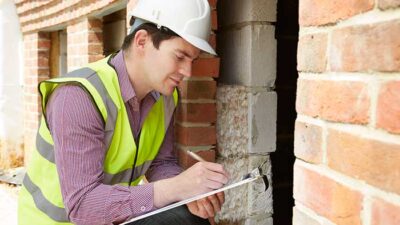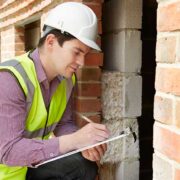
Conducting building inspections is vital for safeguarding the safety, adherence to regulations, and durability of our constructed spaces. Yet, understanding and managing the intricacies of these inspections poses a significant challenge for property owners, contractors, and developers. Achieving successful building inspections demands meticulous planning, readiness, and a proactive stance to tackle any foreseeable challenges effectively.
Assemble a comprehensive team
Effective building inspections typically require collaboration among diverse professionals. Forming a skilled and seasoned team enhances efficiency and boosts the chances of achieving favorable results.
- Hire qualified contractors – Work with licensed and reputable contractors who have a proven track record of delivering high-quality work that meets or exceeds building codes and regulations. Their expertise and attention to detail can significantly reduce the chances of deficiencies during inspections.
- Consult with architects and engineers – For complex projects or those involving unique design elements, consult with experienced architects and engineers. Their input helps ensure that your plans comply with building codes and incorporate sound engineering principles from the outset.
- Engage a building inspector consultant – Consider hiring a building inspector consultant to review your plans and provide guidance before submitting them for official inspections. Their expertise identifies potential issues early on, allowing you to make necessary adjustments and avoid costly delays or rework.
Embrace a collaborative mindset
Building inspections should be viewed as a collaborative process aimed at achieving a common goal – ensuring the safety, compliance, and quality of the built environment. Adopting a collaborative mindset foster a positive working relationship with inspectors and lead to more productive outcomes.
- Maintain an open dialogue – Approach building inspections with an open and collaborative attitude. Be receptive to the inspector’s feedback and recommendations, and engage in constructive discussions to address any identified issues or concerns.
- Address deficiencies promptly – If deficiencies are identified during an inspection, address them promptly and efficiently. Work closely with your team and contractors to implement the necessary corrections, and schedule follow-up inspections as soon as possible to avoid costly delays.
- Foster a learning environment – Treat each building inspection as an opportunity to learn and improve. Encourage your team to ask questions, seek clarification, and actively engage with the inspector to gain a deeper understanding of building codes and best practices.
- Embrace continuous improvement – Building inspections are not just about passing or failing, they are opportunities for continuous improvement. Use the insights and feedback gained from inspections to refine your processes, enhance your team’s knowledge, and strive for excellence in future projects.
Building inspections are not just about ensuring compliance with codes and regulations, they also play a vital role in promoting sustainability and environmental responsibility within the construction industry. As the world becomes increasingly conscious of the impact that buildings have on the environment, building inspectors are tasked with verifying adherence to green building standards and practices.
The use of eco-friendly and recycled materials is also a key component of green building codes and certifications. Inspectors verify that the specified materials meet the required standards for sustainability and environmental impact. It includes assessing the use of locally sourced materials, products with recycled content, and materials with low embodied energy, which reduces the overall carbon footprint of the building. For more information, browse around this site.















